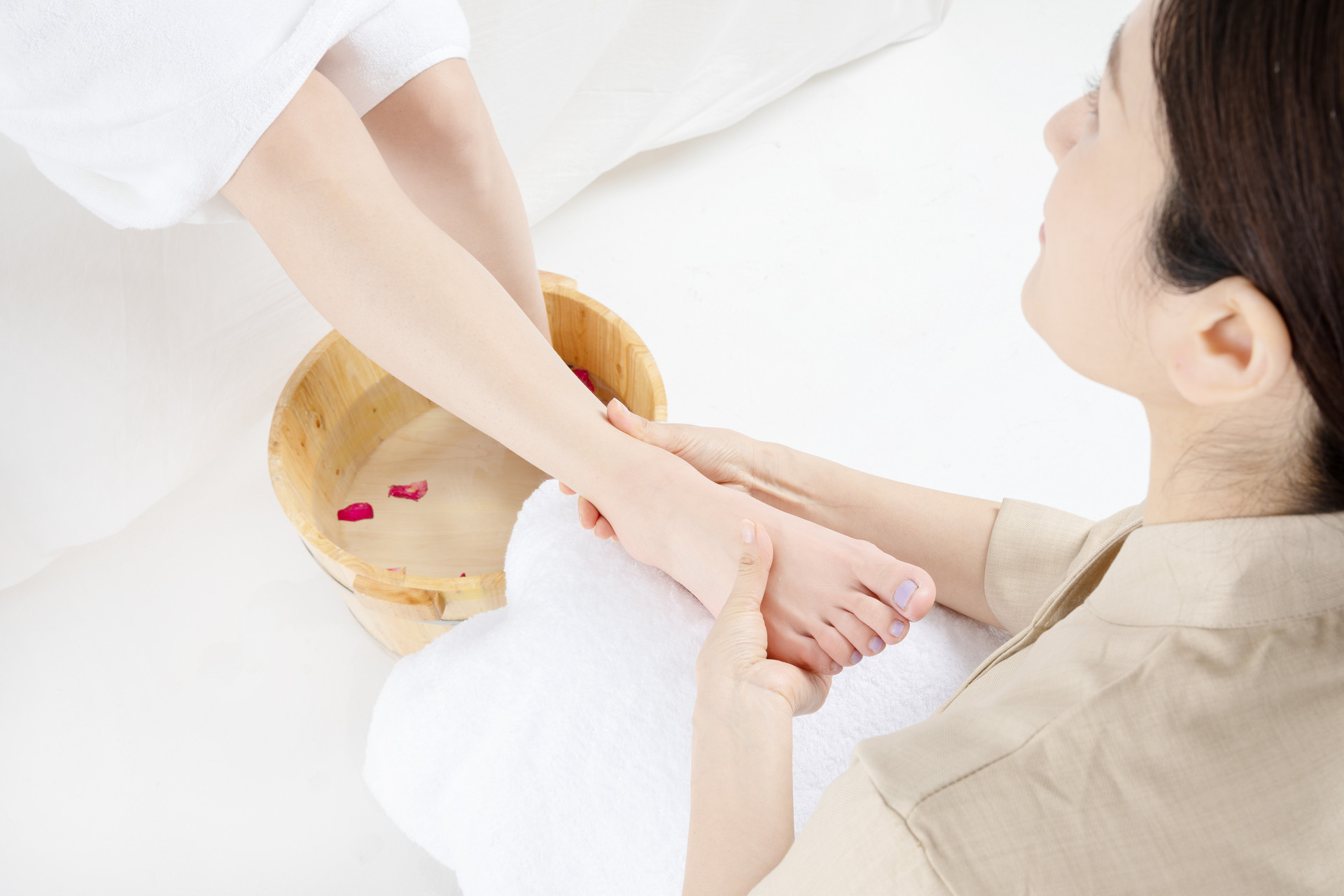Editor's Note: Massage is not just a simple rubbing technique, it also has a mature set of health care methods. Let's take a look at the palpation and inspection techniques before the massage.
Massage and Health Care: Palpation Techniques Before Tuina Massage
Palpation, also known as touch diagnosis, is an important examination method in orthopedics. The "Medical Ancestor's Golden Mirror: Summary of Orthopedic Techniques" from the Qing Dynasty states, "Use your hands to feel and understand its condition." When palpating superficial lesions, avoid applying excessive force. Moderate or greater force is required to locate tender points in deep muscles. In cases of skeletal injuries, more force is often needed to detect them.
1. Palpation of Tender Points
Palpate the painful points and areas of tenderness. When a patient complains of pain in a certain area, it is difficult to determine the specific location of the lesion. Palpation is necessary to gain a clear understanding. During palpation, it is important to distinguish between primary and secondary tender points. Throughout the treatment process, the primary and secondary tender points may switch, so repeated palpation is necessary to accurately guide clinical treatment.
The range, location, and intensity of tenderness can be used to differentiate between tendon and bone injuries. Sharp tenderness often indicates a fracture, while milder tenderness over a wide area is more likely to be a tendon injury.
2. Palpation of Swelling
Swelling that is firm and bluish in color indicates a fresh injury. Swelling may also occur in chronic injuries if blood stagnates and fails to dissipate. Soft swelling with a bluish hue and yellow tinge suggests an old injury. Fresh injuries cause blood to overflow from blood vessels, resulting in subcutaneous congestion or internal to external migration, leading to soft swelling. Diagnosis should be based on the patient's medical history, the depth and evolution of the injury.
3. Palpation of Deformities
Palpate any raised or depressed deformities in the affected area to determine the nature, location, and displacement of fractures and dislocations, as well as the evenness of fracture reduction.
4. Palpation of Abnormal Movements
Injuries to long tubular bones in the limbs that restrict movement indicate the presence of a fracture. If abnormal movement persists at the fracture site in a confirmed fracture patient, it indicates that the fracture has not yet healed. Abnormal movements in joints often indicate complete rupture of the corresponding ligaments.
5. Palpation of Elastic Fixation
When an old dislocation protrudes, there is elastic movement during traction, indicating the possibility of reduction. After joint injuries, adhesions can occur. Elastic movement during traction indicates the need for manual techniques to loosen the adhesions.
6. Percussion of Distal End
Using a fist to tap the body surface to determine the depth and degree of pain at the affected area. Alternatively, longitudinal percussion can be applied to the distal end of a limb to assess whether there is a fracture and the degree of healing.











